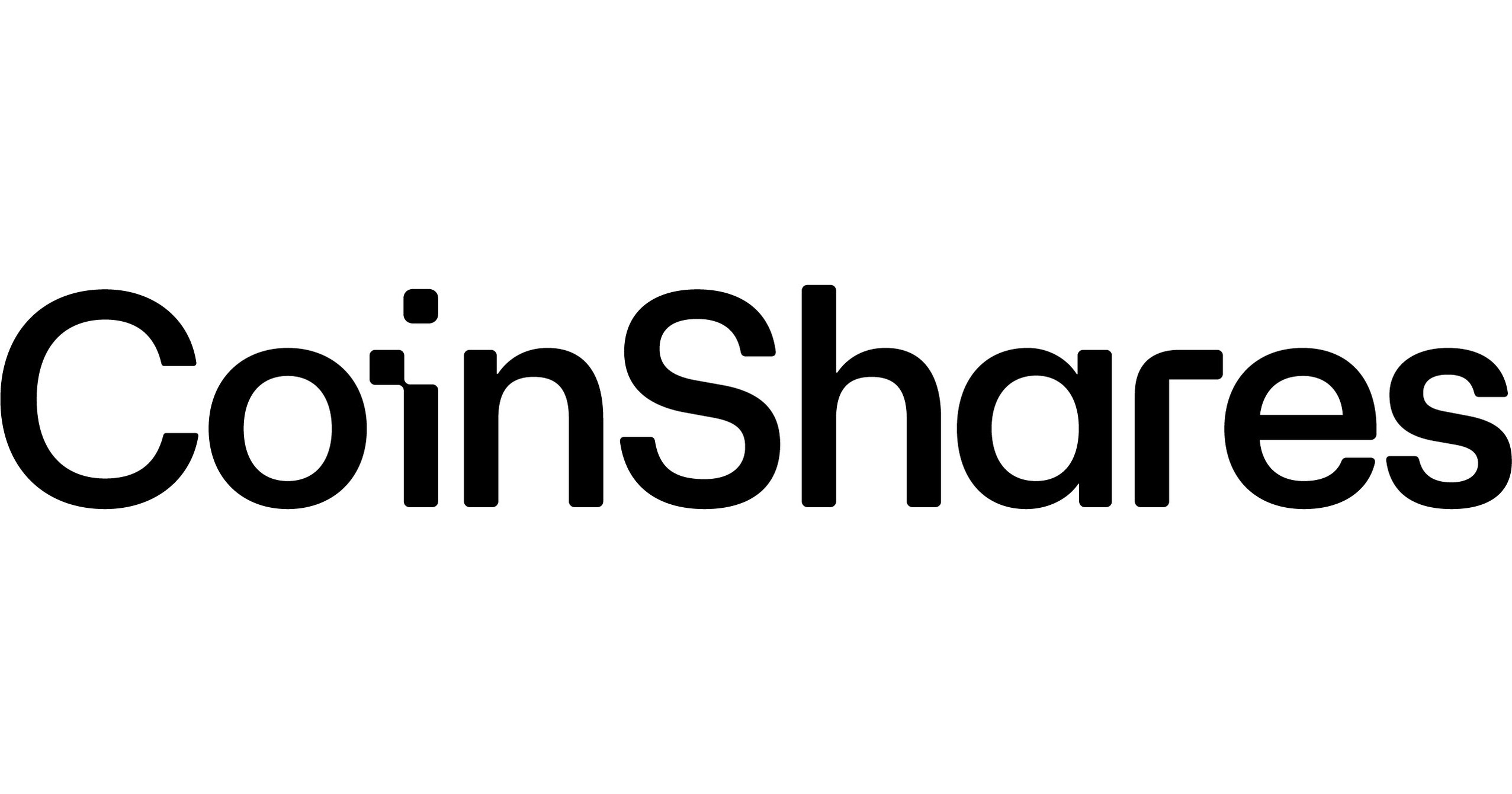Invesco is taking its first steps in the cryptocurrency exchange-traded product (ETP) space in Europe with the launch of a bitcoin strategy.
The Invesco Physical Bitcoin ETP (BTIC) is listed on the Deutsche Boerse with a total expense ratio (TER) of 0.99%.
Physically-backed, BTIC tracks the CoinShares Bitcoin Hourly Reference Rate index to deliver the price performance of the underlying minus fees.
Marketed at institutional investors, BTIC offers wrapped exposure to bitcoin which accounts for 42% of the $2trn digital assets market.
Custody of bitcoins held on behalf of BTIC will be performed by FCA-registered and UK-based Zodia Custody.
Zodia gained regulated status at the end of this summer and was incubated by SC Ventures, the innovation arm of Standard Chartered. Northern Trust is a co-investor in Zodia and will also act as the administrator for BTIC.
CoinShares, who partners with Invesco on the Invesco CoinShares Global Blockchain UCITS ETF (BCHN), will serve as both the index sponsor and execution agent for the ETP.
Gary Buxton (pictured), head of EMEA ETFs and indexed strategies at Invesco, told ETF Stream: “We have been working on the product since the middle of 2018. While we were pretty happy with the bitcoin concept and evolution to clients, there were still many aspects of the market we were not that comfortable with – custody being top of that list.
“In the last two to three years, we have been trying to structure a product that looked, from an institutional point of view, as close as possible to a traditional ETF like our gold structure, and that has been the driver of BTIC’s timeline.
“We have been pushed over the last couple of years by institutional clients and had to look at how we can access this space well. Most of the discussions we have with clients are not really about bitcoin itself but more about the access to bitcoin and how you get comfortable with segregation, how you get comfortable with valuation. Really, one of the strengths of ETPs is as an access vehicle.”
Explaining the decision to opt for physical rather than futures-based replication, Buxton added: “Physical bitcoin is a more observable marketplace. One of our concerns was the depth of synthetic liquidity as well as what that may do to valuations over time and that is something we were not wholly comfortable with.
“It is not an aversion to synthetics; it is about how appropriate physical or synthetic is for a particular asset type. We were just more comfortable with the physical assets in this instance but it is completely conceivable that synthetic may become interesting as well going forwards.”
The arrival of BTIC may come as little surprise to those watching the crypto ETP space closely. In July, Buxton hinted at seeking an increased presence within digital assets following news of the partnership with CoinShares on BCHN.
The question now is whether other major ETF issuers in Europe will follow suit. In May, Matteo Andreetto, head of SPDR ETF business, EMEA at State Street Global Advisors, revealed at ETF Stream’sETF Ecosystem Unwrapped event that his firm is monitoring the space closely.





